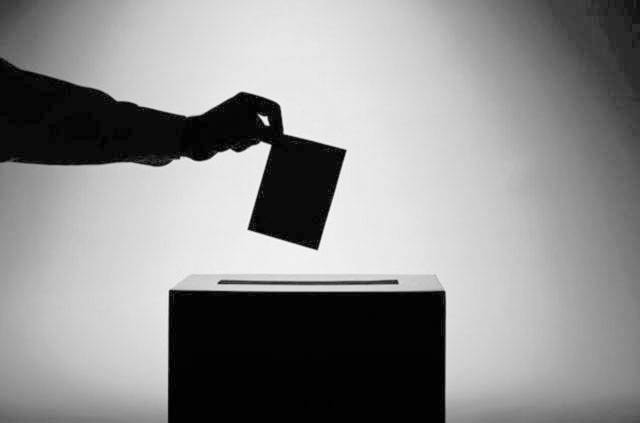Proportional representation would deliver what it describes in name: the number of votes a party receives would be reflected in the number of seats that party is allocated.
Currently, our first-past-the-post system allows a party having a minority of voter support to have full control of government decisions. The 1996 NDP government had absolute power with a majority of seats after having received a mere 39% of the popular vote, and the 2013 Liberal government ruled with only 44% of the popular vote. As you can see by these examples, the current system has nothing to do with ‘majority rules’ when the majority of voters (61% in 1996) and (56% in 2013) are left out of decision making in government.
In fact, 16 of the 17 elections held in B.C. since 1953 have resulted in “majority” governments supported by only a minority of voters.
John Trainor states that this fall’s referendum will be determined by a first past the post count, but the required 50 per cent plus one would actually be a true majority, unlike the false majorities normally holding government. In the 2005 referendum, 57 per cent, a majority of ballots cast, were in favour of proportional representation.
When Trainor likens British Columbians to a family deciding to eat chocolate cake for dinner, he insinuates that all voters are unable to make healthy choices for themselves.
As a voter with a young child, I view proportional representation as the surest way that legislators will make thoughtful decisions for my family both now and in the future. Yes, decisions do have to be made in government, but they should be made with dialogue and discussion. Whenever I participate on committees or boards, decisions always take place after serious deliberation. In a proportional representation government, decisions would be longer lasting than the current partisan method of pushing policy through only to have it dissolved or rolled back by the following government, both of whom generally only represent around 40% of the population, while the perspectives of the remaining 60% of voters are entirely left out of the conversation.
Contrary to Trainor’s allegations, proportional representation has long been used around the world with more positive results than First-Past-the-Post has given us here in Canada (and, one may say, the United States…). A list of countries with PR in practice includes Denmark and Norway, both of which are among the ten top economic performing countries of the Organization for Economic Co-operation and Development (OECD). Nine of the ten top economic performers of the OECD use systems of proportional representation to elect a government, creating stable and profitable economies, which I would argue is a great way to move forward in a ‘competitive world’.
The referendum will be taking place from Oct. 22 to Nov. 30. If you are interested in learning more there is an information session on proportional representation taking place at the Vernon Public Library on Aug. 22 at 7 p.m. You can also access the ‘How We Vote’ document published online by the Attorney General of BC. I invite the authors of all three letters August 10th to have a read: https://engage.gov.bc.ca/howwevote/
Annelise Grube-Cavers
